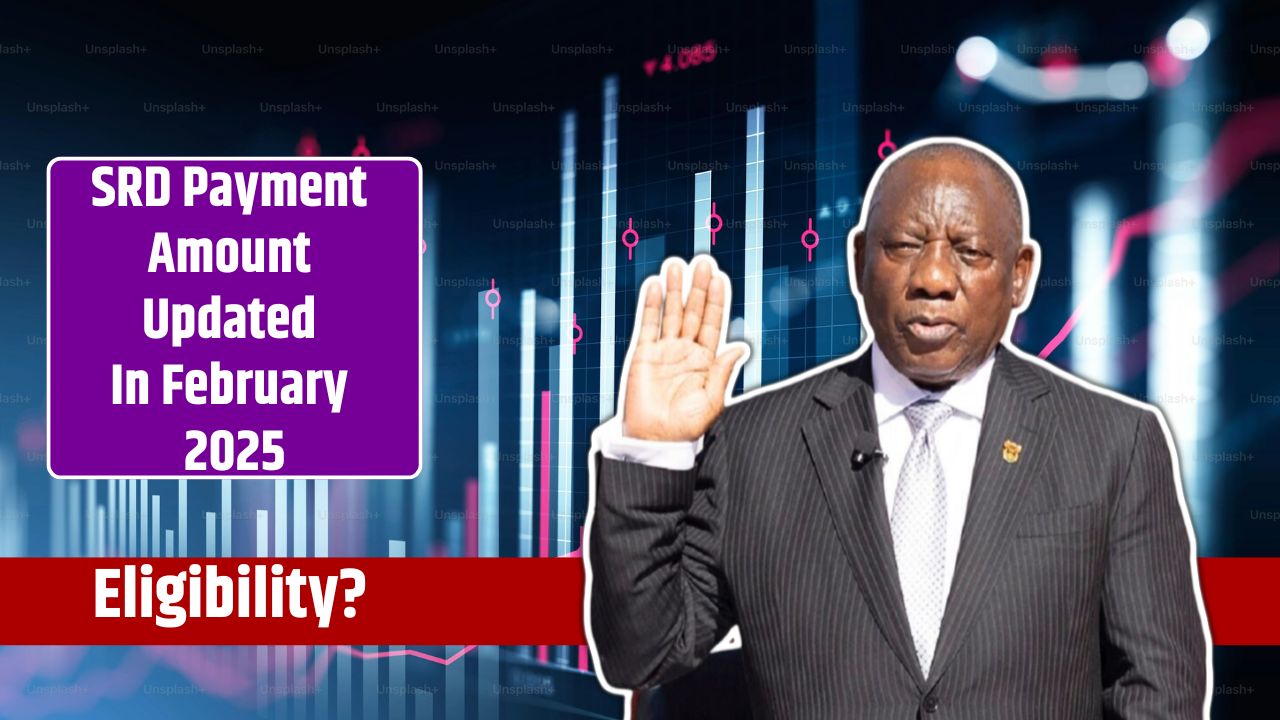The Social Relief of Distress (SRD) grant is a crucial support system for unemployed South Africans.
In February 2025, the South African government is increasing the SRD grant from R370 to R390 per month, helping millions of beneficiaries cope with the rising cost of living.
This article covers everything you need to know about the SRD grant increase, eligibility criteria, application process, and payment dates.
Overview of the SRD Payment Increase
| Topic | Details |
|---|---|
| SRD Payment Increase Date | February 2025 |
| New SRD Grant Amount | R390 per month (from April 2025) |
| Previous SRD Grant Amount | R370 per month |
| Eligibility | Unemployed South African citizens & permanent residents (18 – 59 years old) |
| Application Methods | Online, WhatsApp, and USSD |
| Official Website | SASSA Official Website |
Why Is the SRD Grant Increasing?
The government is raising the SRD grant to provide better financial assistance for low-income individuals and adjust for inflation. The increase aims to:
- Help beneficiaries cope with higher food, transport, and electricity costs.
- Maintain the purchasing power of the grant.
- Support economic recovery post-pandemic.
Although R390 per month is still a modest amount, it offers essential financial relief for unemployed South Africans.
Eligibility Criteria for the SRD Grant
To qualify for the SRD grant, you must:
- Be a South African citizen, permanent resident, or registered refugee.
- Be between 18 and 59 years old.
- Have no other source of income or financial support.
- Not be receiving any other government grants such as old age, disability, or child support grants.
- Not qualify for Unemployment Insurance Fund (UIF) benefits.
- Reside within South Africa.
Who Is Not Eligible?
You do not qualify for the SRD grant if you:
- Receive another government grant such as old age, disability, or child support.
- Earn an income that exceeds the means test.
- Receive financial support from other government-funded programs.
How to Apply for the SRD Grant
If you meet the eligibility requirements, you can apply using one of the following methods:
1. Apply Online via the SASSA Website
- Visit the SASSA website: www.srd.sassa.gov.za.
- Click on the SRD grant application portal.
- Enter your ID number, name, and contact details.
- Upload required documents such as proof of residence and bank account details.
- Submit your application and wait for confirmation via SMS or email.
2. Apply via WhatsApp
- Save SASSA’s WhatsApp number: 082 046 8553.
- Send a message saying “SRD Grant Application.”
- Follow the prompts to complete your application.
- Submit the required documents and wait for approval.
3. Apply via USSD (Mobile Application)
- Dial 1347737# on your mobile phone.
- Follow the on-screen prompts.
- Enter your personal details and submit the required documents.
SRD Grant Payment Dates for February 2025
| Payment Stage | Date |
|---|---|
| Processing Period | February 22 – February 28, 2025 |
| Payment Notifications | Sent via SMS before disbursement |
| Funds Deposited | Bank accounts, mobile wallets, or Post Office |
How to Check Your Payment Date
- Visit www.srd.sassa.gov.za.
- Log in to your SASSA account.
- Check your payment status and confirmation details.
Economic Impact of the SRD Grant Increase
Helping Unemployed South Africans
The SRD grant is a lifeline for millions, helping them afford food, transport, and basic necessities. Even a small increase makes a difference.
Boosting Local Economies
More money in circulation means:
- Increased consumer spending, especially in township businesses and informal markets.
- More income for small vendors, boosting local economies.
Reducing Financial Pressure
While R390 per month is not enough to cover all living costs, it provides:
- Temporary financial relief while beneficiaries search for work.
- Support for those struggling due to rising inflation.
The increase in the SRD grant to R390 per month is a welcome change, but many believe it is still too low to cover the rising cost of living.
Beneficiaries should apply early to ensure they receive their payments on time.
For the latest updates, visit the SASSA website or contact their support services.










